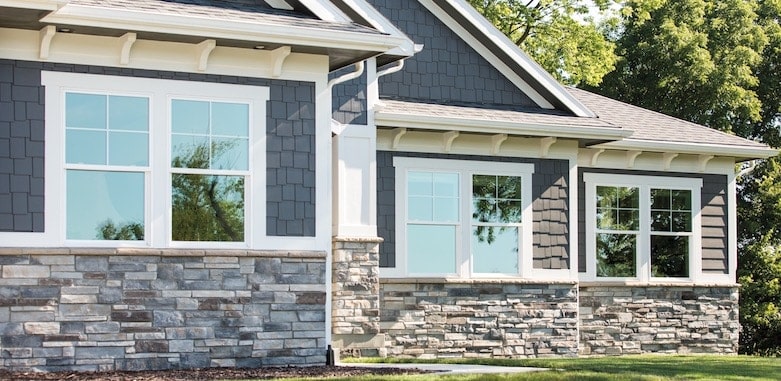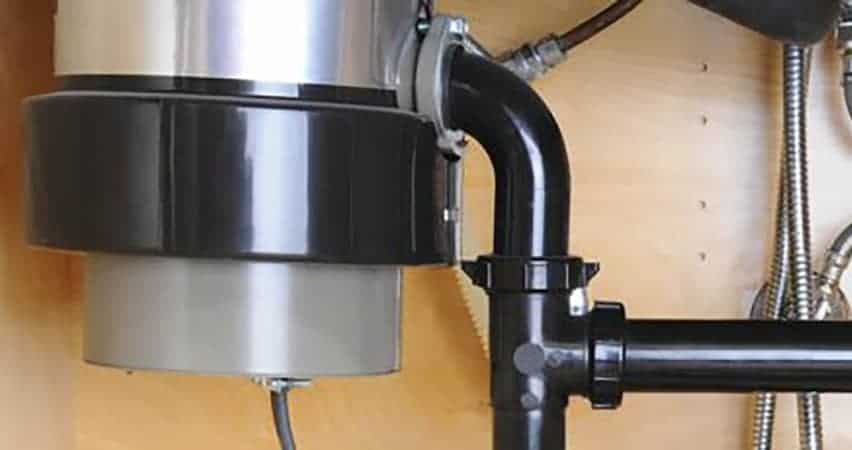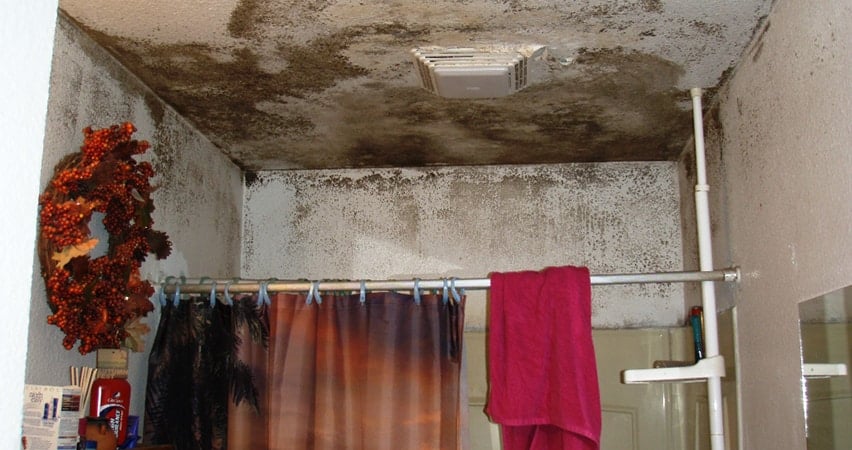Are Smart Thermostats Really Worth It?
If you’re still unsure about whether or not smart thermostats are worth installing in your home, Clarke & Rush can help. The truth is that it depends on your habits and the condition of your current thermostat. Here at Clarke & Rush we believe that smart thermostats are worth the investment.
The difference between smart and traditional thermostats is that smart thermostats are wi-fi-enabled and can be monitored remotely from directly from your phone.
3 Benefits to WiFi Enabled Thermostats:
- You’ll save on energy bills
- You can monitor your home while away
- They provide an increased level of comfort
We will be going over the convenience, cost savings, and additional protection that make a smart thermostat a smart purchase.
And while smart thermostats are a great addition to your home on their own, they’re even better as part of an entire smart home security system. Not only do entire smart home security systems save money in the long-run, but they also provide homeowners with a level of connectivity and comfort that a smart thermostat on its own simply can’t provide.
Ready to upgrade to a smart thermostat or create the smart home of your dreams? Our smart home specialists will help you find the smart thermostat that’s compatible with your home’s HVAC system. Contact Clarke & Rush today for an Estimate.
Benefit #1: Energy bill savings
There are a couple of ways a smart thermostat can help you save money.
By installing an app on your smartphone or tablet, you can control your smart thermostat from the palm of your hand. This prevents you from accidentally heating or cooling an empty home all day if you head out of the house and forget to adjust the temperature. With your smart thermostat controls only as far away as your phone, you can change the temperature from wherever you are, as long as you have an internet connection.
Also, most smart thermostats come equipped with an “eco” or auto home/away feature which helps you save money when you’re not home by automatically raising or lowering the temperature based on the ambient conditions outside. Some smart thermostats have been shown to save homeowners up to 23% on yearly energy bills.
With a smart thermostat, you’ll always have full control over when and how your home is being heated or cooled.
Benefit #2: Remote monitoring
With a smart thermostat, you have the power to change your home’s temperature at any time, whether you’re across the country or on the way home from work.
Another major benefit of remote monitoring is you’ll always have the power to do something if something goes wrong at your home, even if you’re not around. For example, if you’re away on vacation during the colder winter months and your heating system goes down causing your pipes to freeze, you’ll be able to take immediate action. Having insight into what’s happening with your thermostat can end up saving you thousands of dollars.
Some of the most devastating home disasters can result from a heating system dying or malfunctioning while the homeowner is out of town during the winter. Being able to monitor your home remotely can be crucial if you travel often, spend the winters elsewhere, and want to prevent these types of disasters from occurring.
Benefit #3: Increased level of comfort
During the winter, a majority of homeowners set their thermostats to a cooler temperature while they’re away to not waste energy and money to heat an empty home. To do this, a lot of people program their thermostat to come on a few minutes before they arrive home, or they choose to turn up the heat manually as they walk in the door.
But what if your thermostat could sense when you were close to home and was able to calculate the time it would take to guarantee your home was at the optimal temperature for your arrival? A thermostat might seem like a basic feature of any home, but it can have a major impact on your comfort levels and how you feel as you arrive home each day.


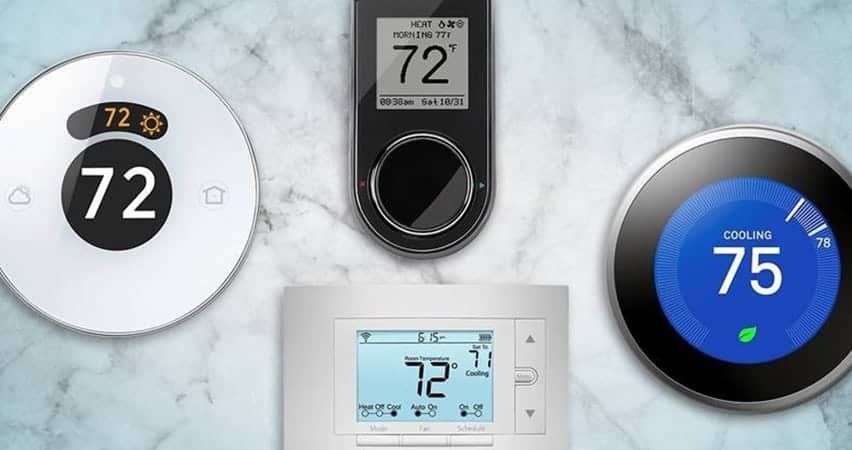
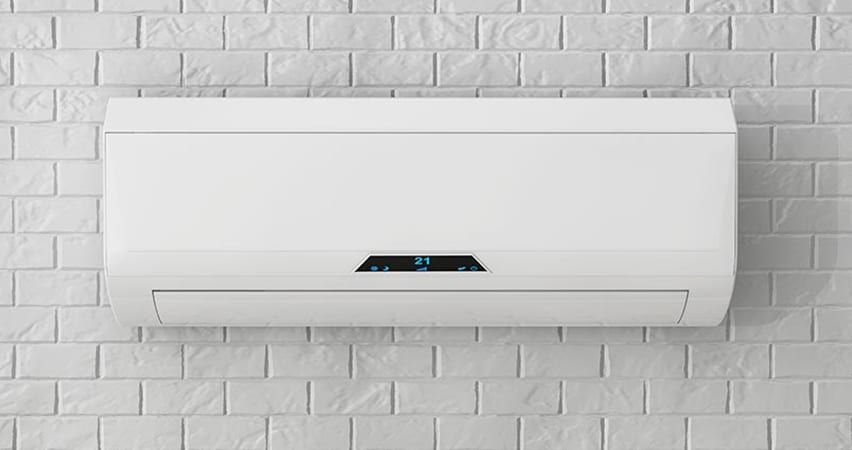
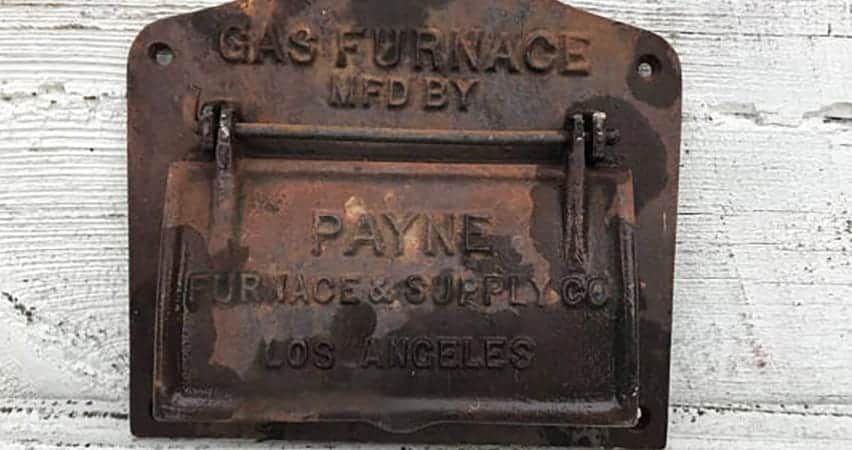
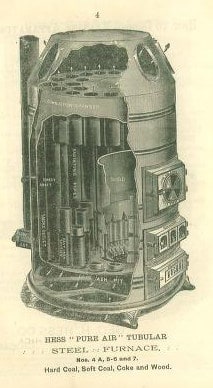 The Industrial Revolution provided the catalyst for more advanced warm-air systems. In England about 1805, William Strutt invented a warm-air furnace that consisted of a riveted, wrought iron air chamber encased in brick. This is thought to be the world’s first furnace.
The Industrial Revolution provided the catalyst for more advanced warm-air systems. In England about 1805, William Strutt invented a warm-air furnace that consisted of a riveted, wrought iron air chamber encased in brick. This is thought to be the world’s first furnace.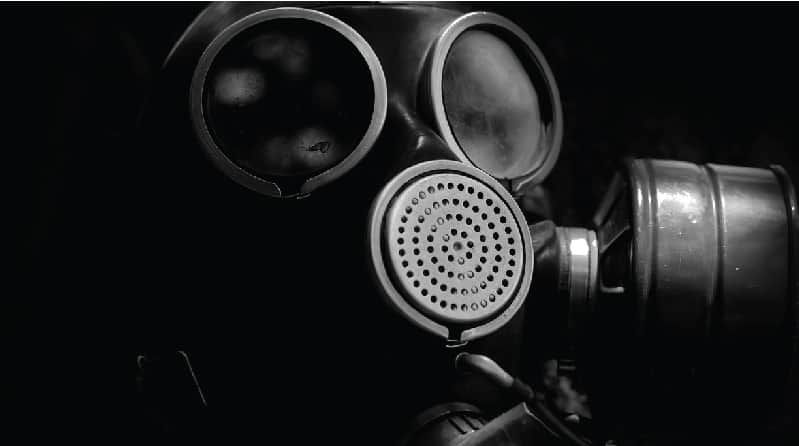


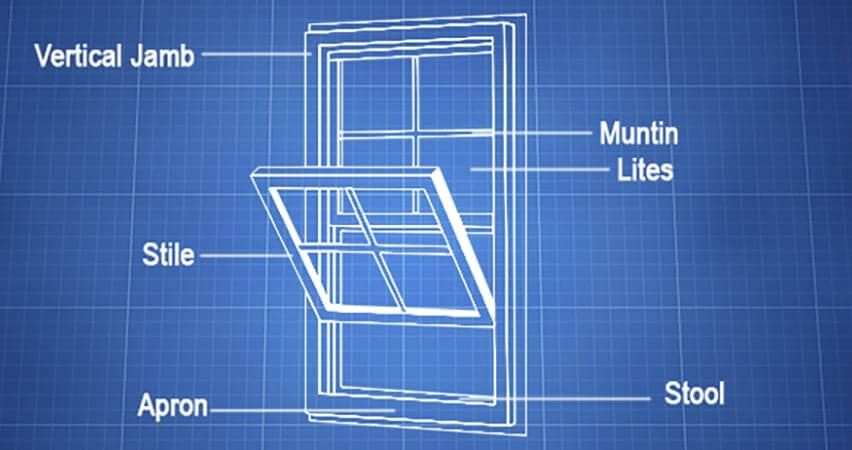
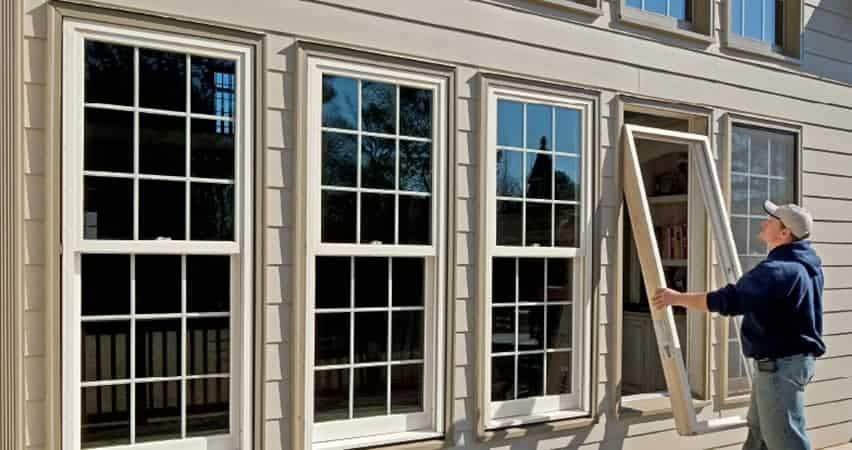
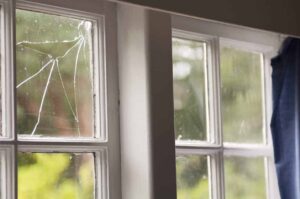
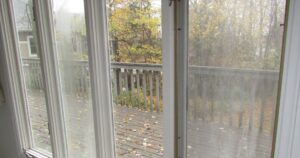 If you observe condensation on your windows, or draft air leaks, those are signs that your windows are not effectively protecting you and your home from the outside elements. The heated air flows out in the winter, and chilly outside air sneaks its way into your home, making your heater work harder than it needs to, and wasting your money. Older, single-pane windows are far less energy efficient, more prone to air leaks, and provide only a single pane of glass to protect and insulate your home from the elements outside.
If you observe condensation on your windows, or draft air leaks, those are signs that your windows are not effectively protecting you and your home from the outside elements. The heated air flows out in the winter, and chilly outside air sneaks its way into your home, making your heater work harder than it needs to, and wasting your money. Older, single-pane windows are far less energy efficient, more prone to air leaks, and provide only a single pane of glass to protect and insulate your home from the elements outside.